Introduction
Papillon Lefevre syndrome (PLS) is a rare condition with an estimated incidence of 1-4 per million. Approximately 300 cases have been reported worldwide and none have been reported from South Africa (Dhanrajani, 2009).
This autosomal recessive genetic disorder, which was first described by Papillon and Lefevre in 1924, is associated with the loss-of-functional mutation of the lysosomal cysteine protease cathepsin C gene, which can be expressed in the epithelial regions of the palms, soles, knees and keratinised oral gingiva in PLS patients (Dhanrajani, 2009) (Tash, et al., 2013) (Eick, et al., 2014) (Nakano, et al., 2001).
This mutation results in the reduced activity or no activation of neutrophil elastase, cathepsin G, protease 3 and serine protease 4 (Eick et al, 2014). Features associated with PLS patients include, palmoplantar hyperkeratosis, early loss of primary and permanent teeth, and occasionally calcification of the dura mater (Dhanrajani, 2009) (Hart & Hapira, 1994) (Gorlin, et al., 1964)
Case details
A 10 year old male child presented at Mitchells Plain oral health clinic with what appeared to be severe generalised aggressive periodontitis. His parents presented no contributory medical history except for skin lesions that had been managed by his medical doctor since birth. The periodontal presentation of the patient had necessitated a host of systemic investigations that will be presented and aided with the final diagnosis of Papillon Lefevre Syndrome.
Clinical information
- Main complaint: Parents complaining of child’s bad breathe and loose teeth
- History of main complaint: approx. 1 years. Previously attended a private dentist who had done cleanings and prescribed antibiotics
- Medical History: None known , No known allergies
- Eczema- hands and feet from an early age, been treated by general practitioner with aqueous cream since early childhood
- Family medical history: None known
- Dental history and habits: Patient brushes once per day, no other dental aids used
Conclusion
This presentation aims to record the rarity of this genetic syndrome and its periodontal manifestation. The need for multidisciplinary management will be emphasized.
Clinical relevance:
This condition can adversely affect growing children psychologically, socially, and aesthetically (Sharma, et al., 2013) and therefore it is necessary to diagnose and manage early with a team approach (Kumari, et al., 2016).
References
- Dhanrajani, PJ. (2009). Papillon- Lefevre Syndrome: Clinical presentation and a brief review. OOOOE: Medical management and pharmacological update.
- Jose, J., Bartlett, K., Salgado, C. & Gutierrez, N. M., 2016. Review: Papillon-Lefèvre Syndrome: Review of Imaging Findings and current literature. Foot and ankle specialist.
- Khan, F. Y., Jan, S. M. & Mushtaq, M., 2014. Papillon–Lefevre syndrome (PLS) without cathepsin C mutation: A rare early onset partially penetrant variant of PLS. The Saudi Dental Journal, Volume 26, p. 25–28.
- Nickles, K. et al., 2013. Long-term results after treatment of periodontitis in patients with Papillon–Lefevre syndrome: success and failure. Journal of clinical periodontology, p. 789–798.
- Shah, A. F., Tangade, P. & Agarwal, S., 2014. Papillon–Lefevre syndrome: Reporting consanguinity as a risk factor. The Saudi Dental Journal.
- Sharma, A., Kaur, G. & Sharma, A., 2013. Papillon Lefevre syndrome: A case report of 2 affected siblings. Journal of Indian Society of Periodontology, Volume 17.
- Sorensen, O. E. et al., 2014. Papillon-Lefèvre syndrome patient reveals species-dependent requirements for neutrophil defenses. The Journal of Clinical Investigation, Volume 124.







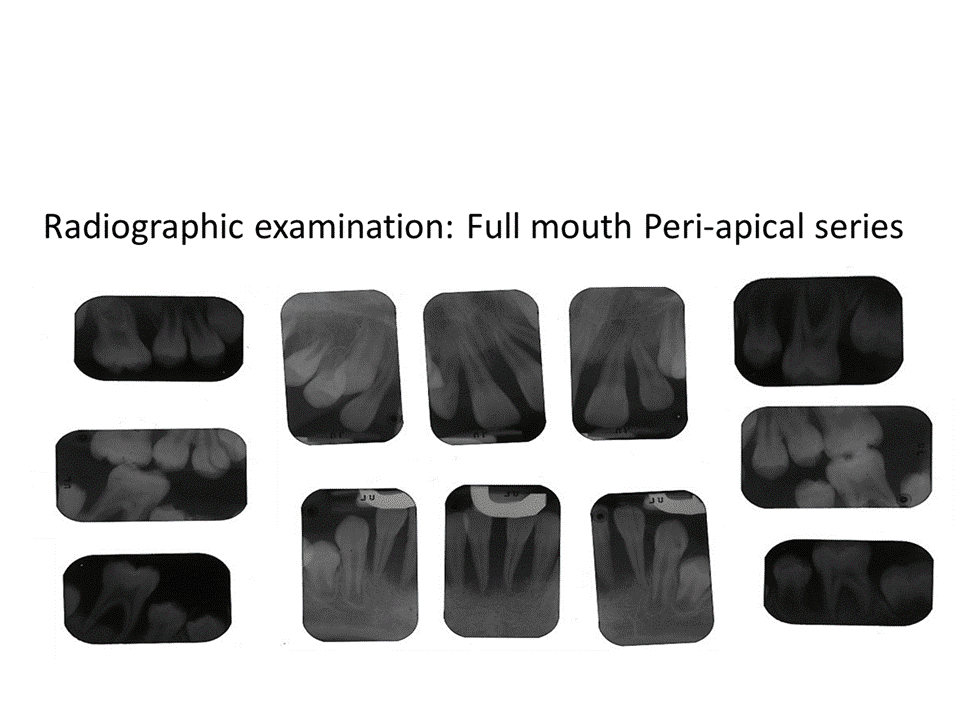

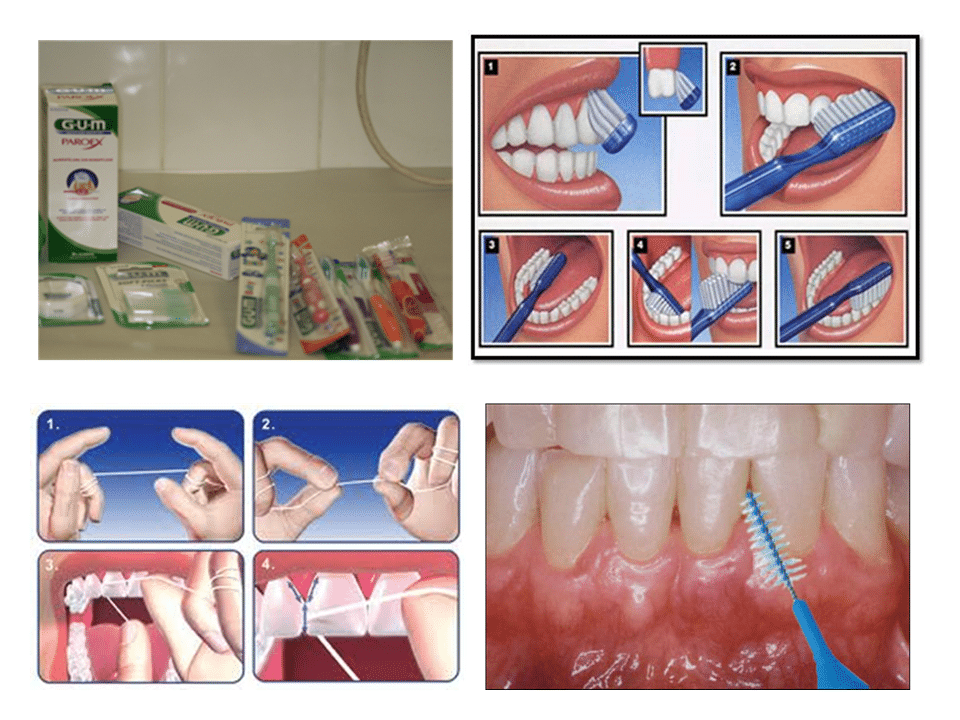
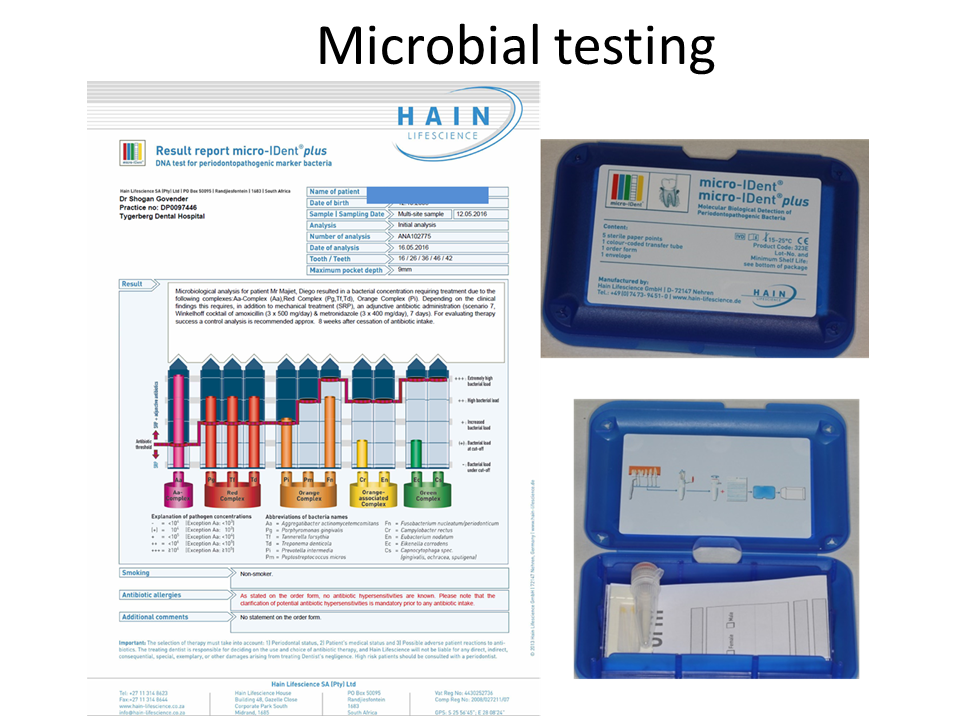
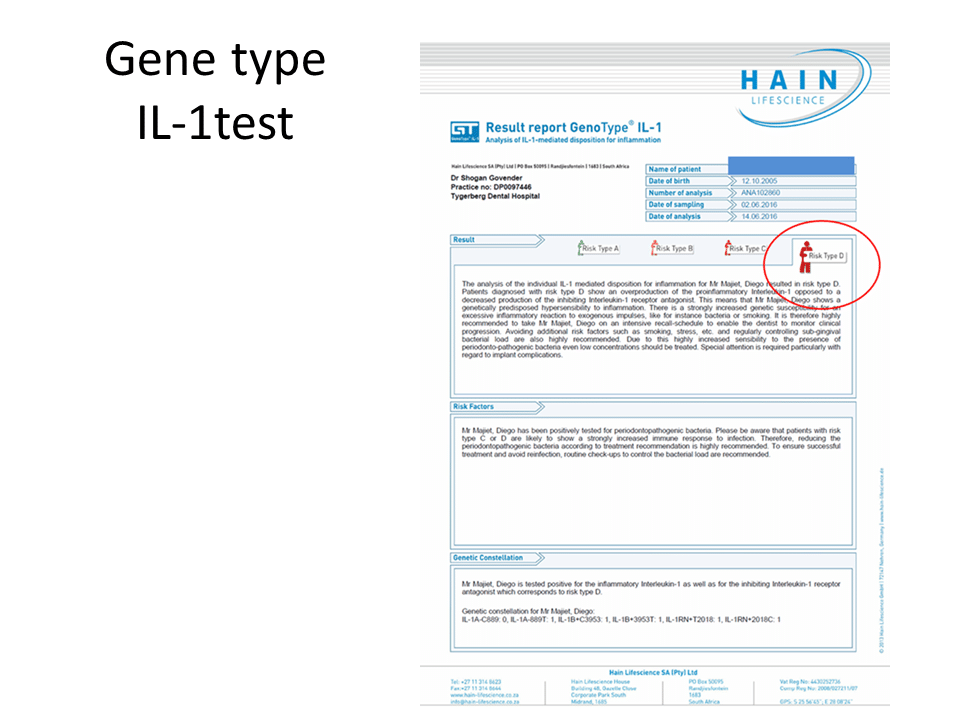

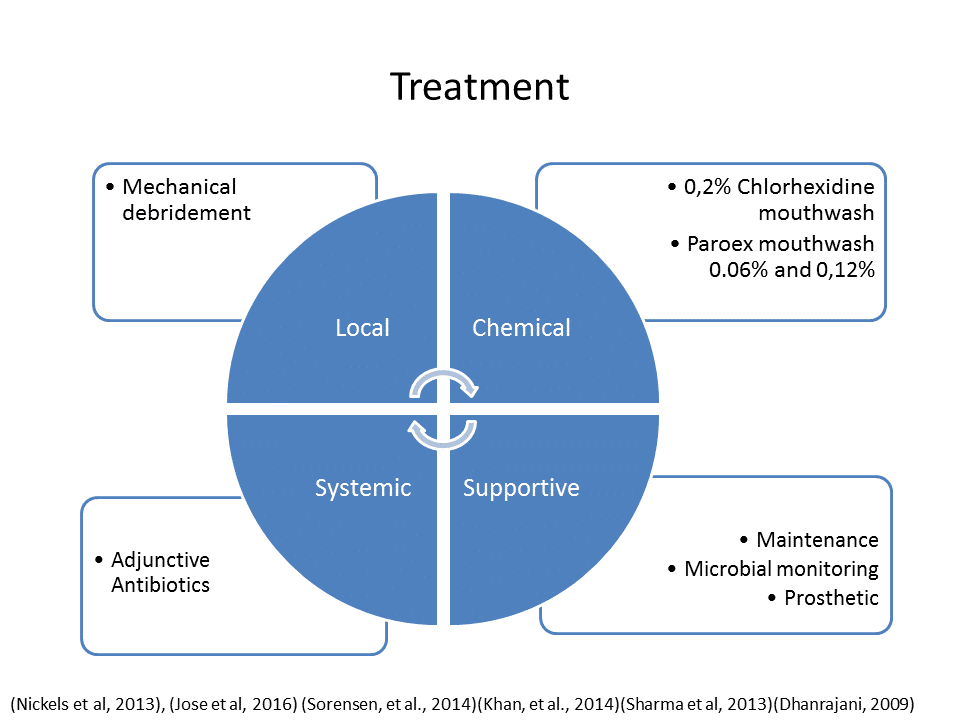
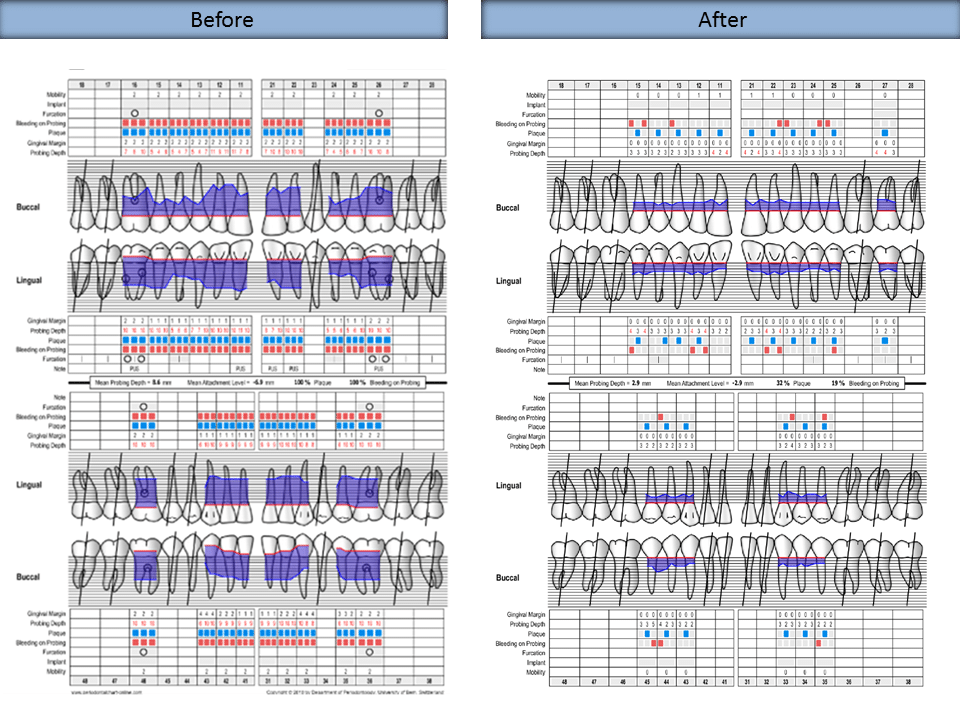

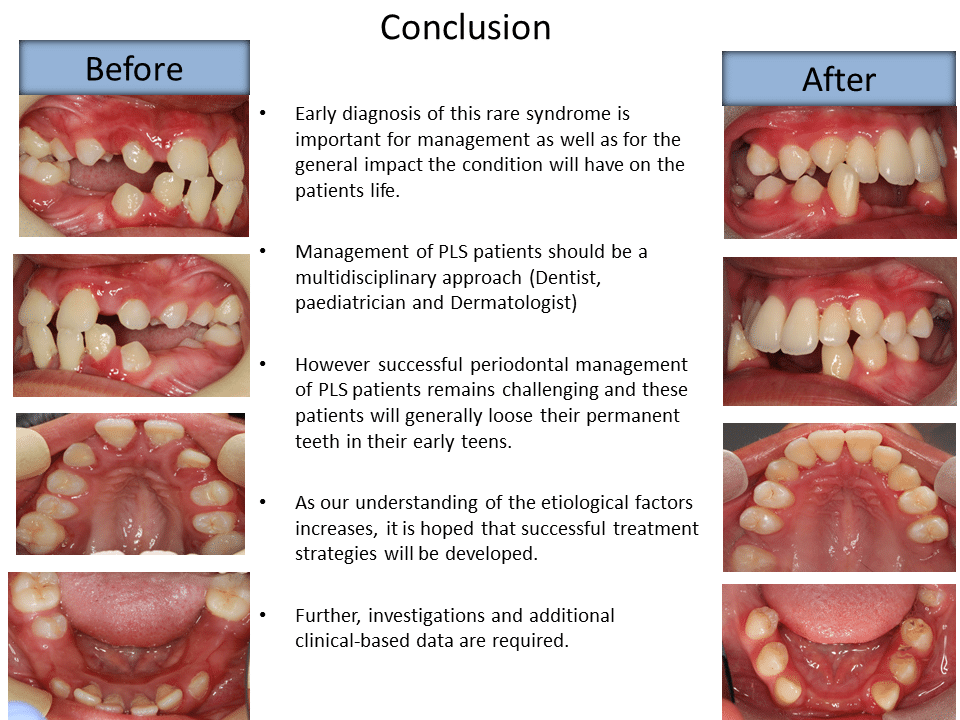
Leave A Comment
You must be logged in to post a comment.